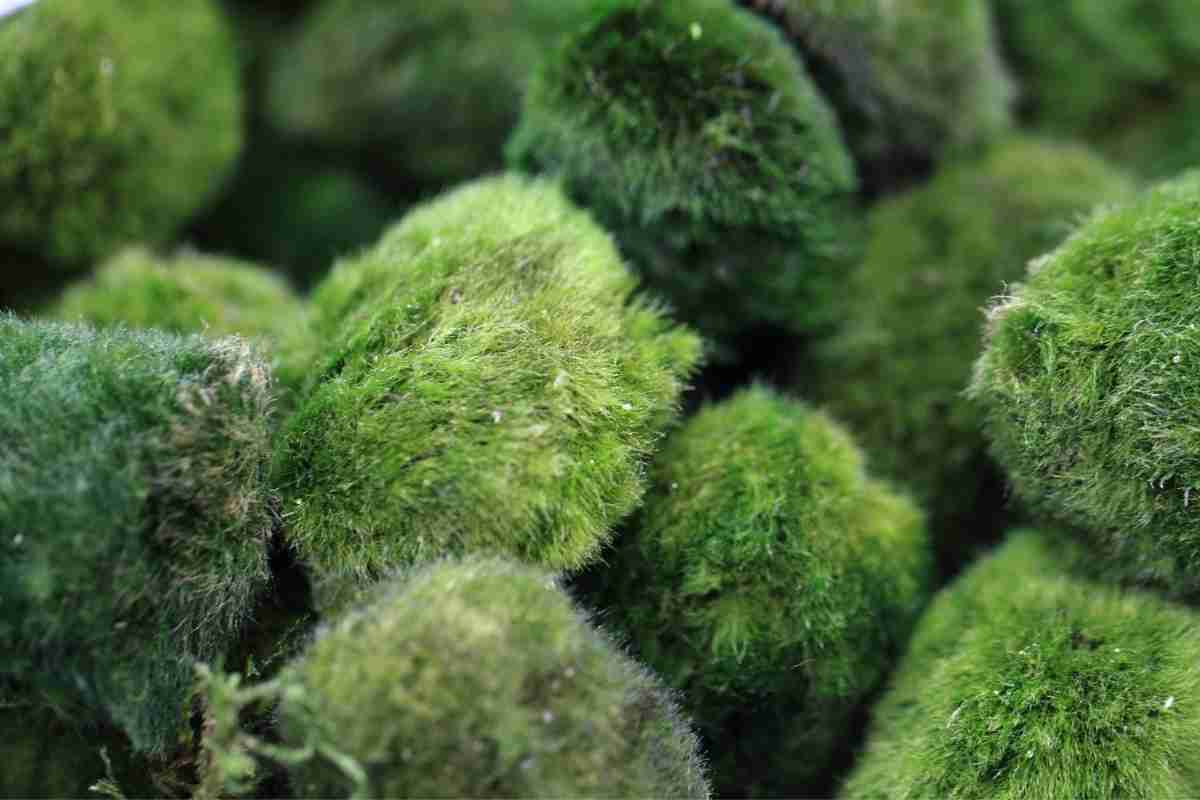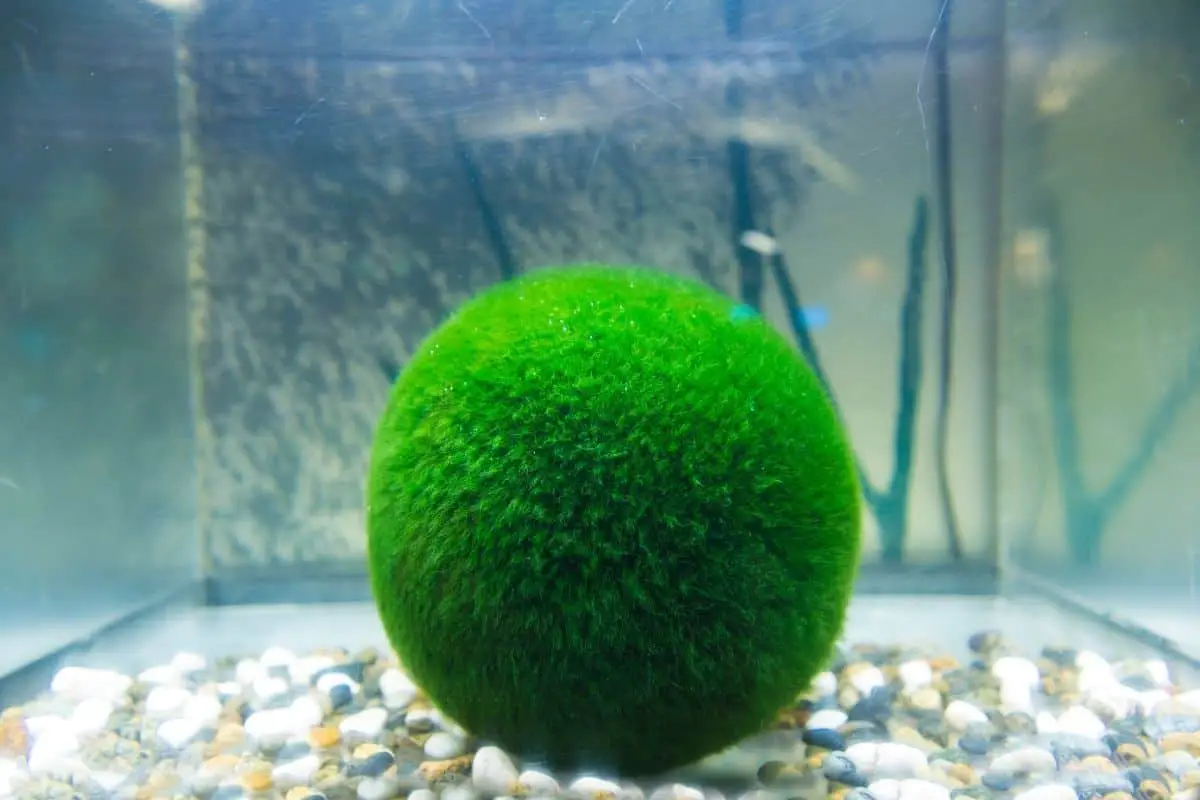
Do Moss Balls Need Food? Moss Ball Care!
Read more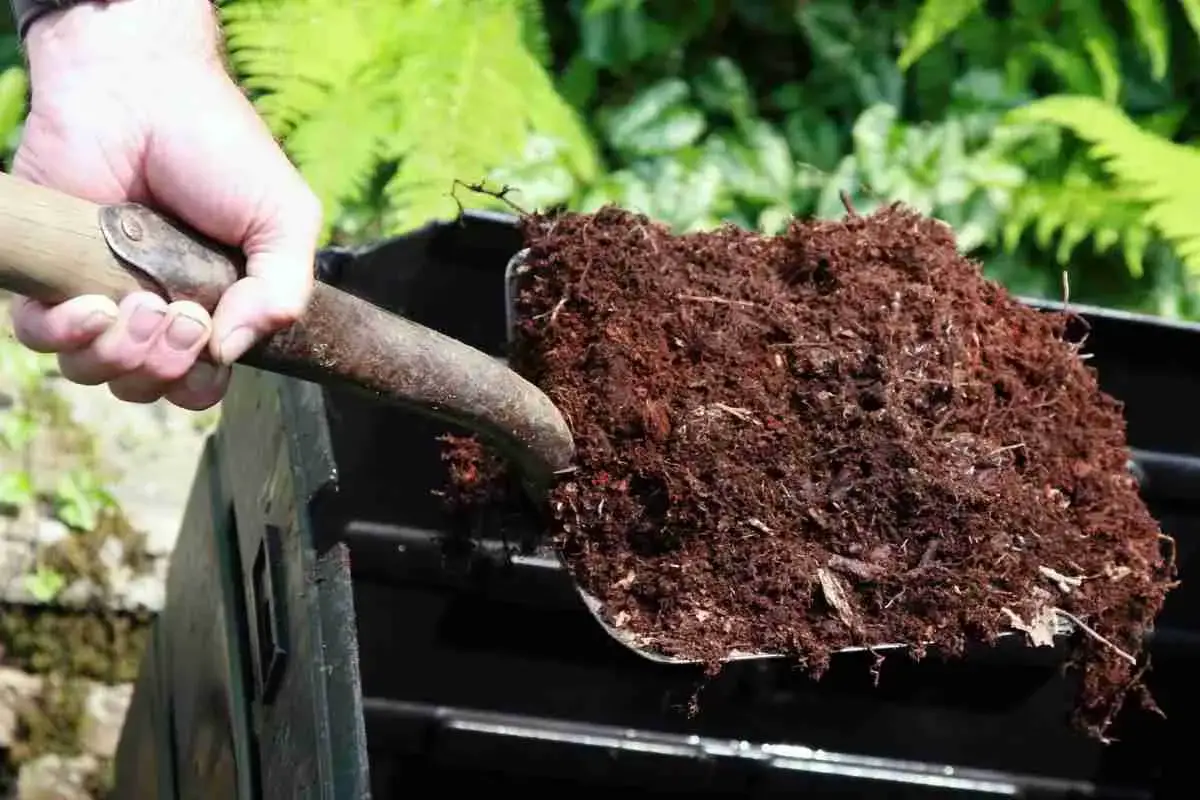
Can Moss Be Composted? Composting Moss
Read more
7 Easy Tips To Make Moss Grow Faster!
Read more
Floating Moss Balls: Why Do They Float?
Read more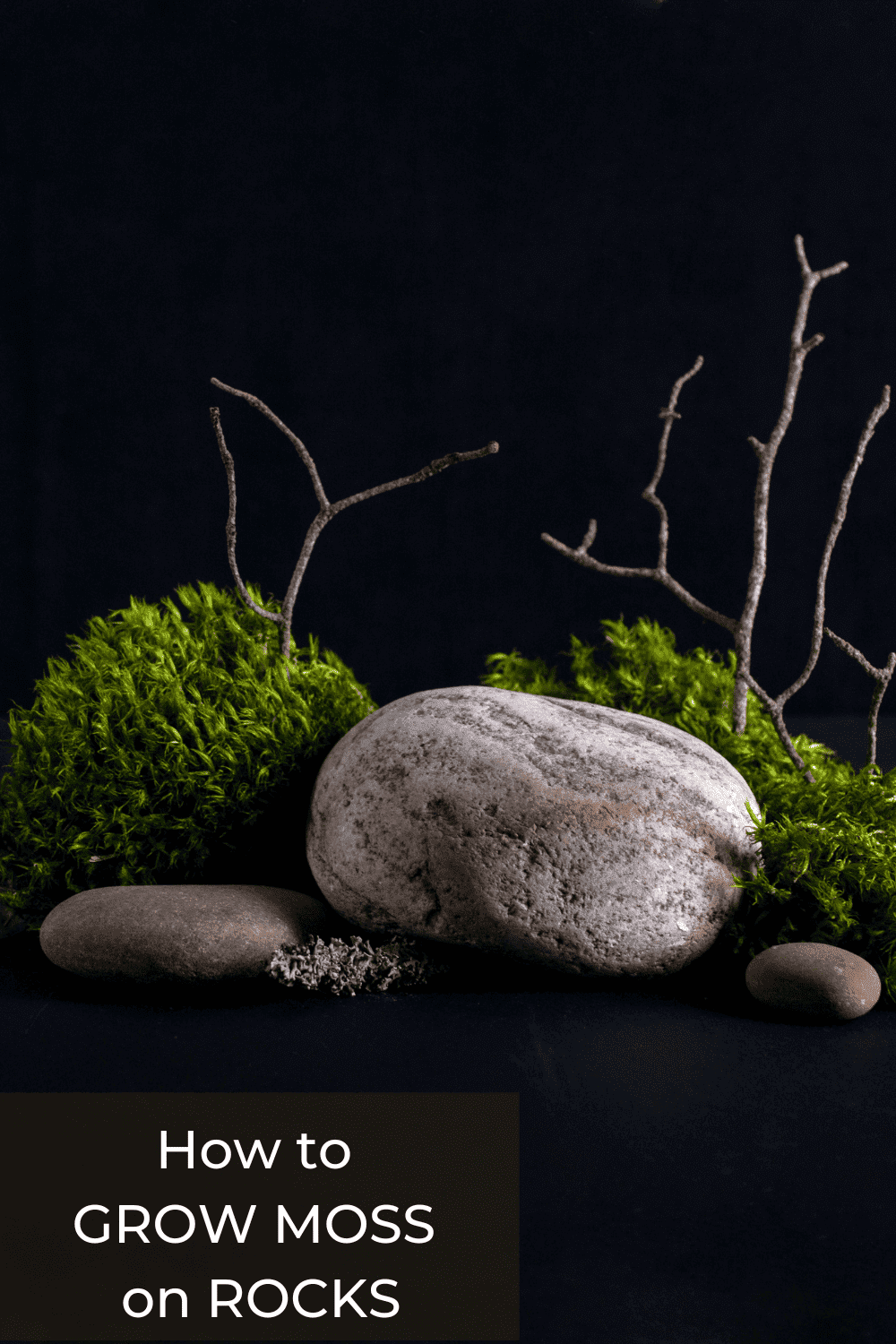
How to Grow Moss on Rocks and Impress Your Friends (or Enemies)
Read more
Supporting Your Monstera: The Best Moss Poles for Your Climbing Plants
Read more
Can Rabbits Eat Moss?
Read more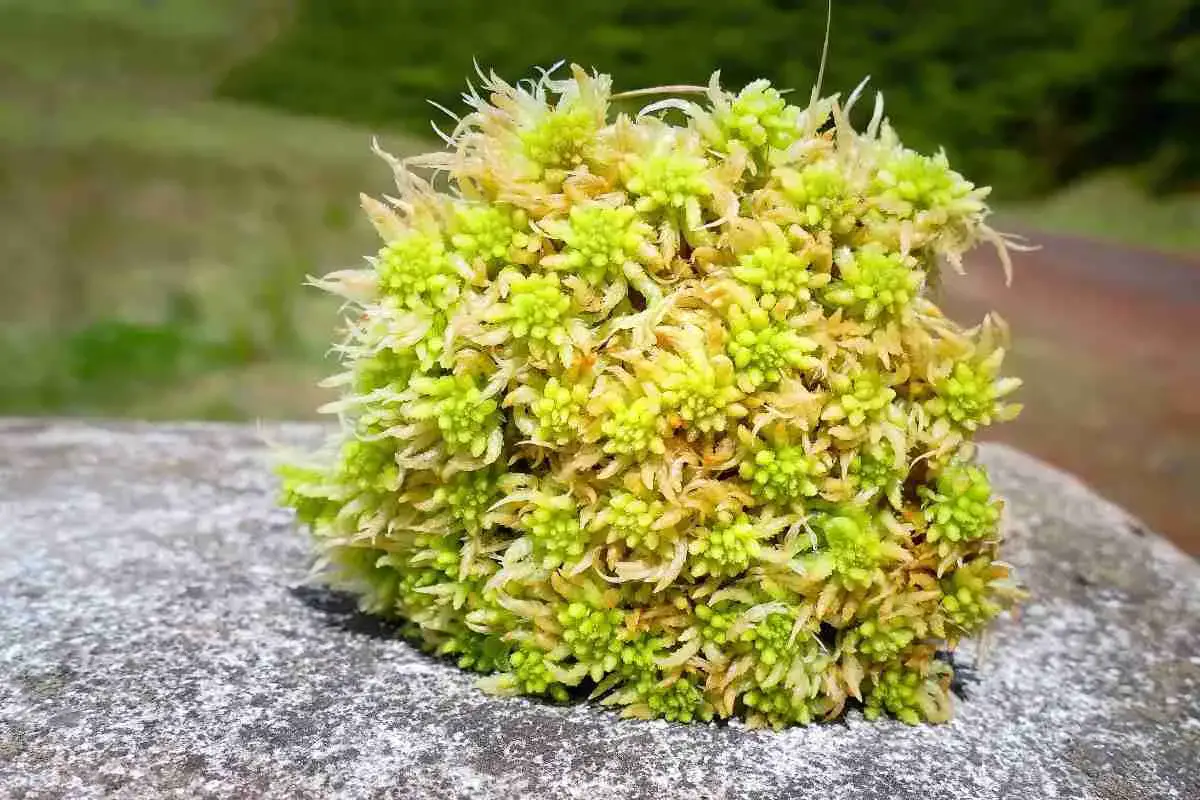
Does Sphagnum Moss Turn Green? Live Or Dried
Read more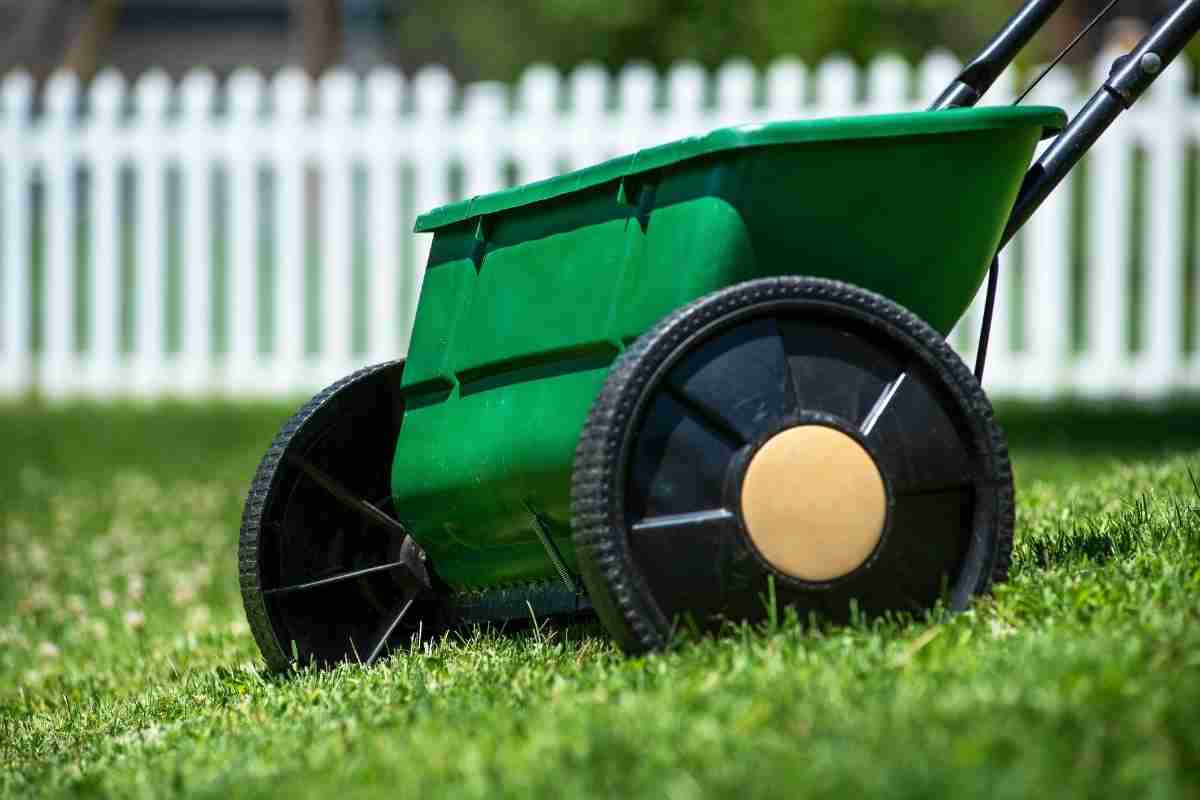
7 Peat Moss Spreaders: Perfect To Use On Lawns
Read more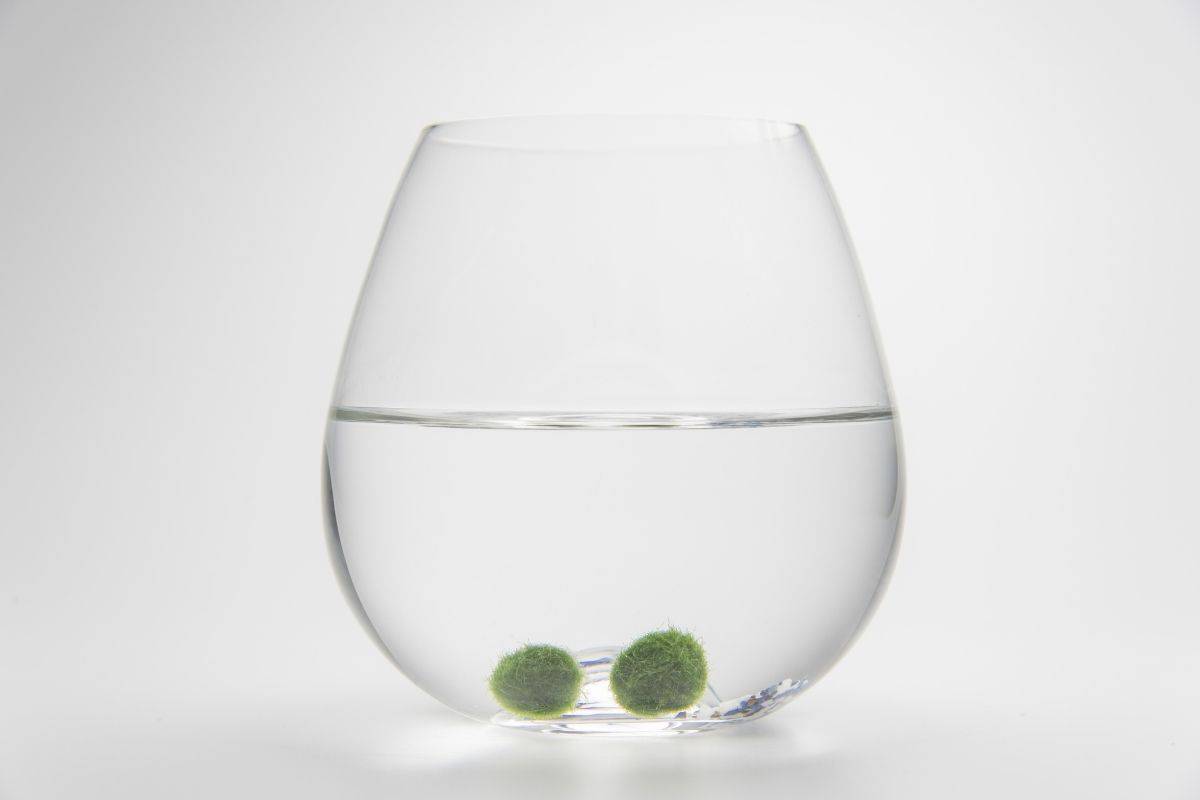
Do Moss Balls Need Light? The Ultimate Question!
Read more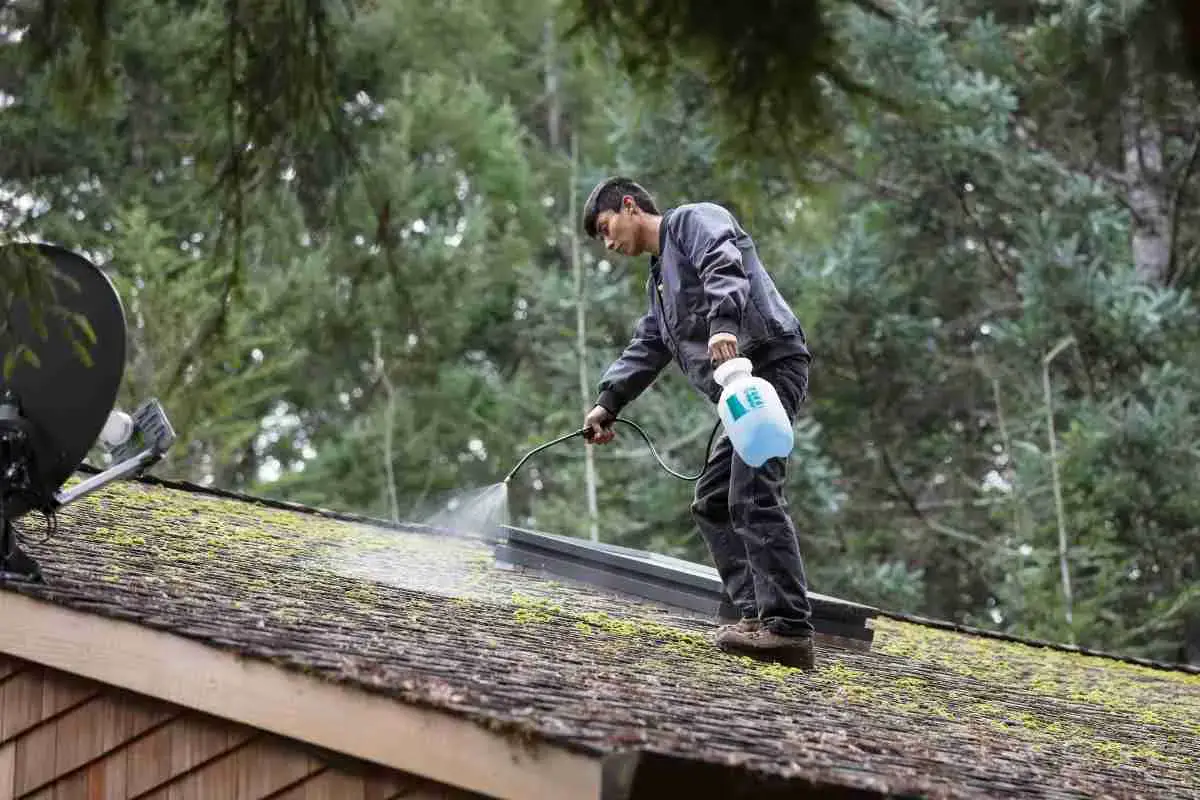
What Is The Best Time Of Year To Remove Moss From Roof?
Read more